Regarding to optical communication, power control proves to be a vital mechanism when it comes to the stability as well as proficiency of signals in their intended domain. With the increase in demand for speed and capacity of communication networks, there is a real need to manage the strength of the light signals transmitted through fiber optics effectively. This has led to the creation of fiber optic attenuators as a necessity for use in the fibers. They have a critical application in acting as attenuators thus deterring the strength of the optical signals to go high causing damage to the receiving equipment or even twisted signal patterns.
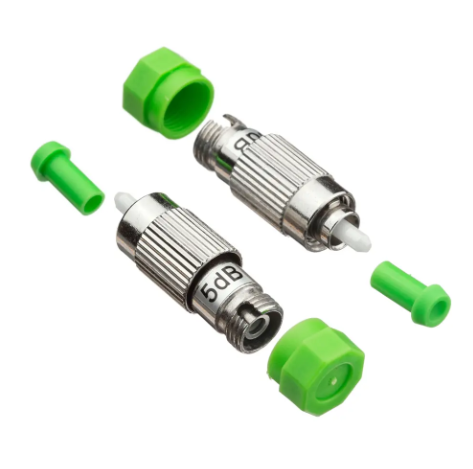
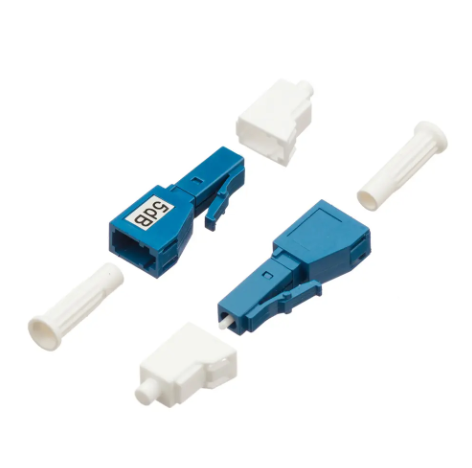
Fiber attenuation which is a basic principle in the fiber optic link can be defined as the loss that is incurred on the signal power which is in the form of light as it passes through the fiber optic cable. This attenuation can happen due to various reasons comprising scattering, absorbing, and bending losses. Although attenuation of the signal is quite normal it must not reach extreme levels as it damages the efficiency of optical communication systems. To solve this problem, attenuators are used in practice to decrease signal intensity to the level of its effective use and minimum impact on the lifespan of the network.
In an optical communication system, the signal must be of a certain power level that is needed by the receiver to process the signal. If a signal contains high power, then it overloads the receiver and sometimes leads to errors, and if the signal carries low power, then the receiver may not be able to detect the signal correctly. Fiber optic attenuators play a central role in preserving such balance especially when distances are short resulting in high power levels that can be noise on the receiving end.
There are two classes of fiber optic attenuators, each of which is distinguished by its construction and function: Fixed attenuators and variable attenuators. Fiber optic attenuators are found in different designs and types, and each one of them is appropriate for a specific use or need. Fixed Attenuators are universal attenuators while variable attenuators are specific attenuators.
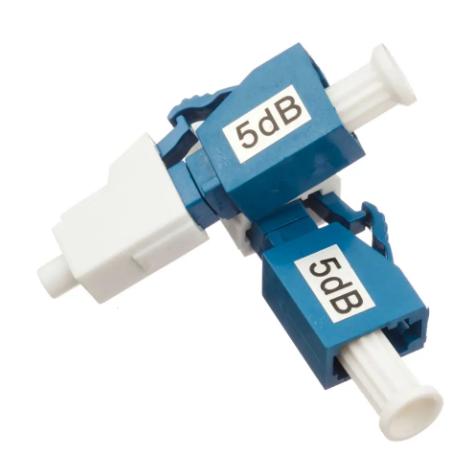
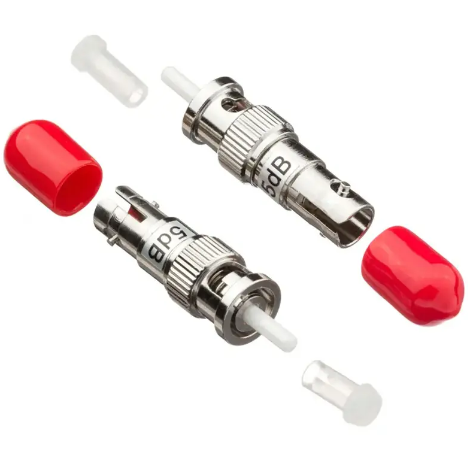
Fixed Attenuators: These are attenuators that offer a standard amount of attenuation and they are commonly used in situations, where a consistent level of attenuation is required. Fixed attenuators are commonly manufactured for particular attenuation levels, the diverse which can vary from several dB up to tens of dB. The main advantage of these types of fibers is their simplicity of usage as well as installation in various standard optical communication systems.
Variable Attenuators: On the other hand, variable attenuators allow the freedom of varying the amount of attenuation in use due to its varying nature in the attenuator design. This adjustability can be either fully manual or could be facilitated by the use of electronic controls. Variable attenuators can be employed in variable signal strength settings where signals may come at different strengths at different times and therefore where their strength may need to be adjusted from time to time. They can be found in most tests and measurements where signals differ and vary.
Fiber optic attenuator in this context, however, means an accessory that has been designed with the equal purpose of attenuating the light to a predetermined extent. In other words, this can be done through processes such as adsorption, diffraction, and reflection. All three have their pros and are chosen depending on the specification of the application being implemented.
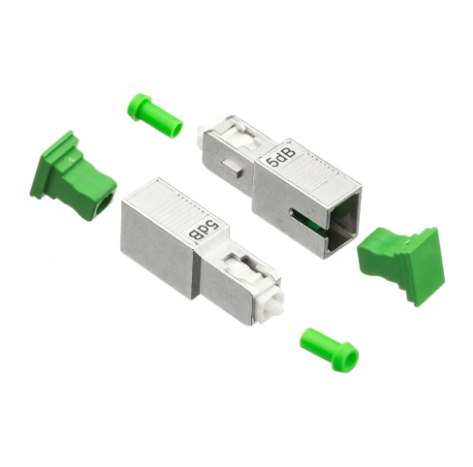
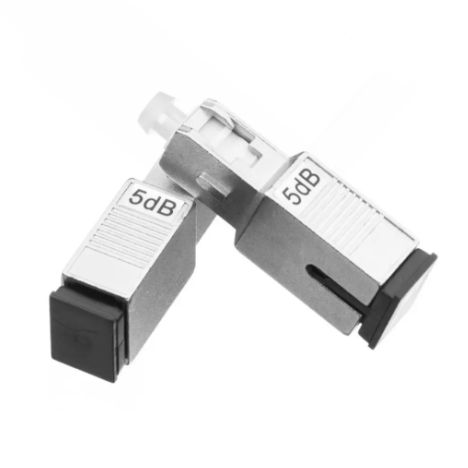
Absorptive Attenuators: These attenuators incorporate elements that effectively sink' part of the optical signal and prevent it from being so strong. One of the major design considerations when developing attenuators based on the absorptive operating mechanism is the choice of the material and structure so that these would offer an approximately constant attenuation across a desired wavelength span without introducing extra losses.
Scattering Attenuators: Light scattering-based attenuators work on the principle of deliberately inducing losses in the form of spatial distortions in the fiber so that some of the incident light strikes the core wall and is dispersed out of the fiber. As a result, this scattering effect leads to the weakening of the signal without compromising the native capability of the fiber. The design has to guarantee the distribution and expected PUF patterns so that they attain the required attenuation levels.
Reflective Attenuators: Reflective attenuators work on the principle of feedback, where a proportion of the light signal is bounced back toward the source, thus diminishing the signal transmittance in the forward direction. These attenuators may include reflective components such as mirrors within the optical path or placement of mirrors along the path. The system layout must be done in such a way that the reflections interfere with the system in such a way that the signal quality is affected.
Fiber optic attenuators are significant products of modern optical communication systems, which designers have to select carefully. Through the regulation of strength signals, these gadgets guarantee the secure and efficient flow of data within the network. In dispersion, fiber attenuation is the weakening of the signal that occurs over a given distance as a result of signal reflection, interference, and dissipation. To deal with this problem, there are different kinds of attenuators that engineers might have to know and use. In the advancement of optical communication technology, one cannot overlook the effectiveness of fiber optic attenuators as the devices to tap and design will remain relevant in the networking of these sophisticated platforms.

 0755-23179541
0755-23179541  sales@oyii.net
sales@oyii.net
